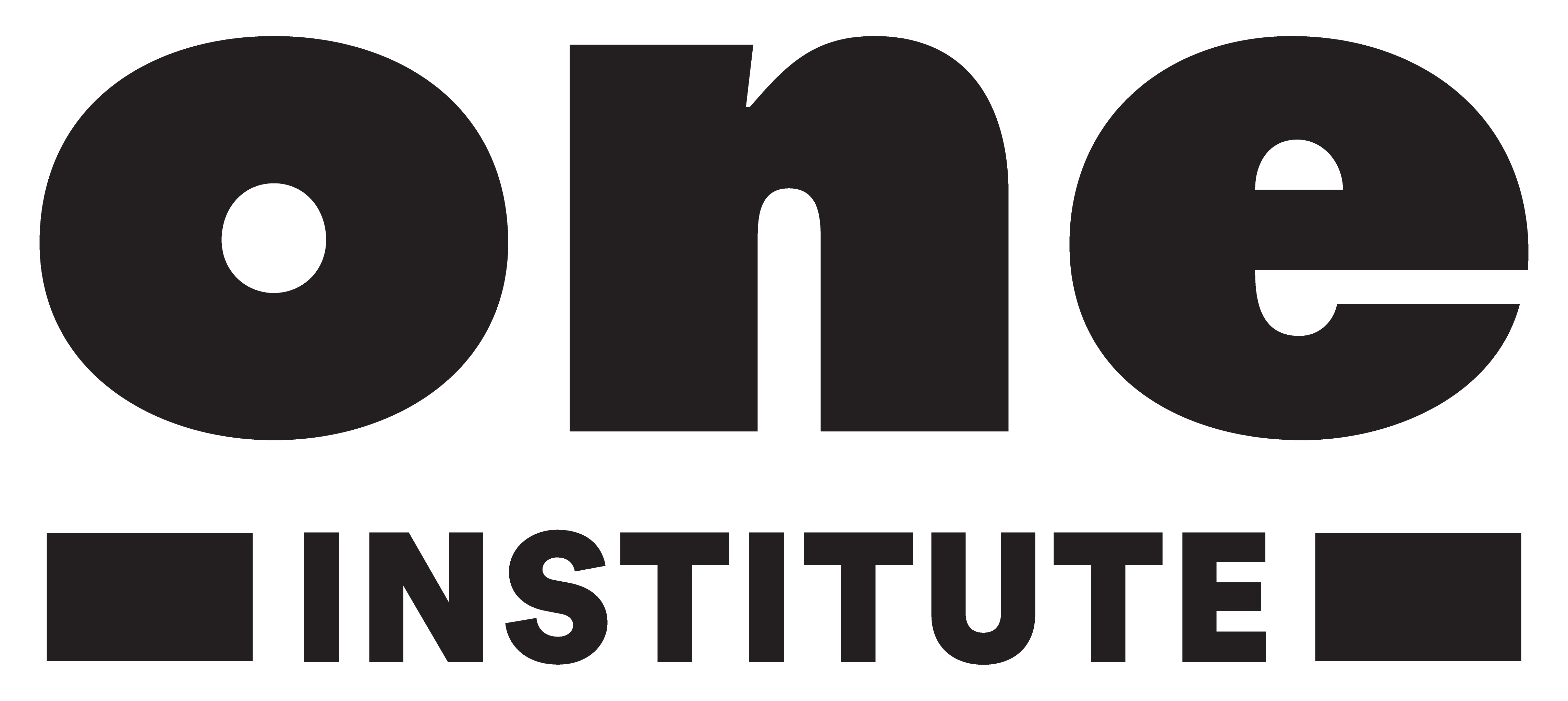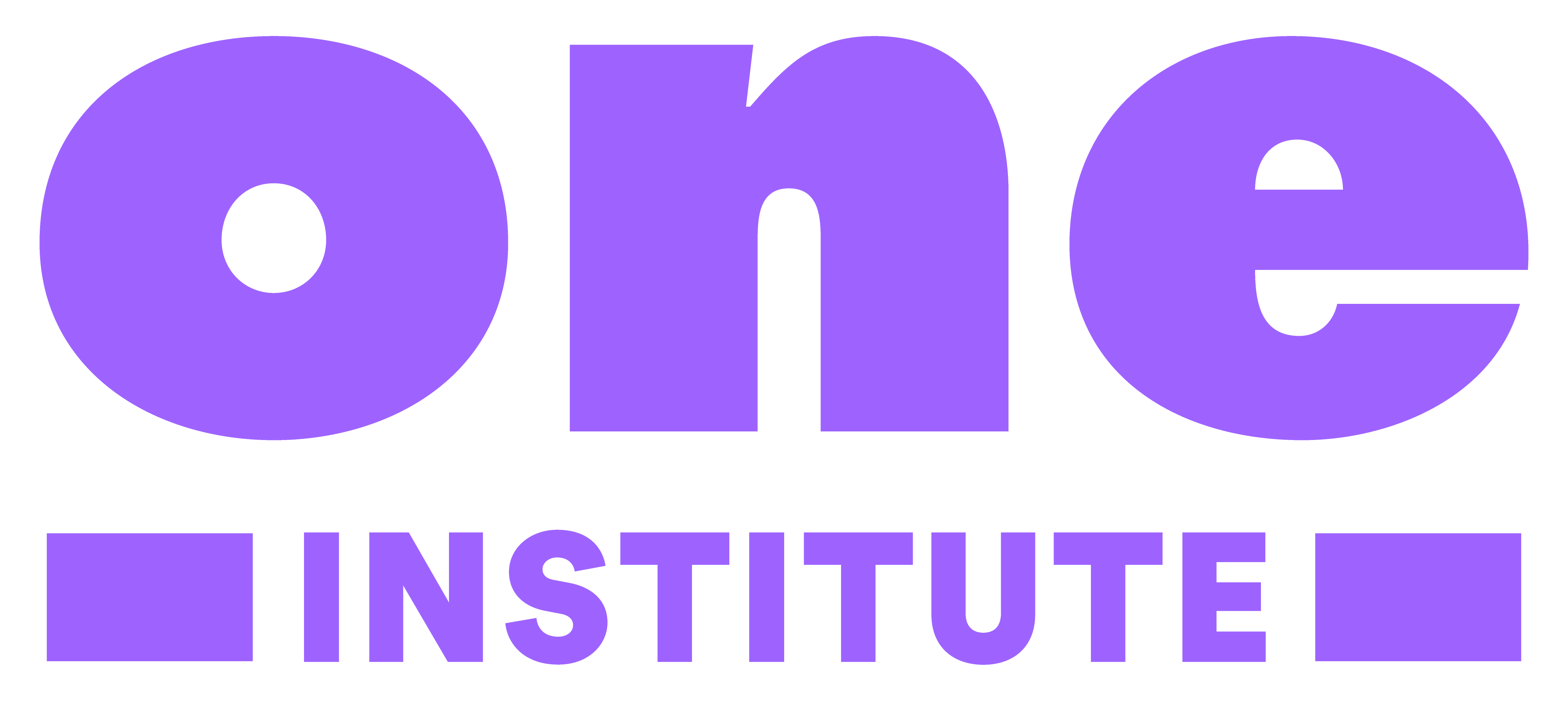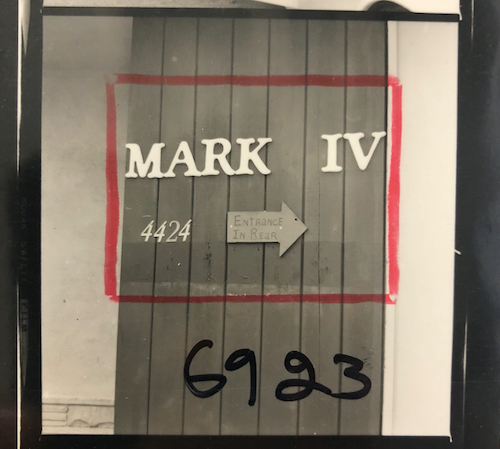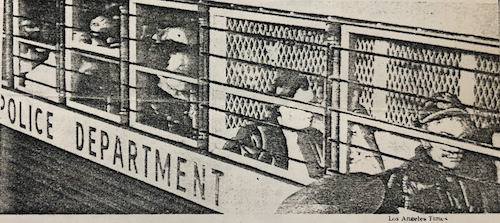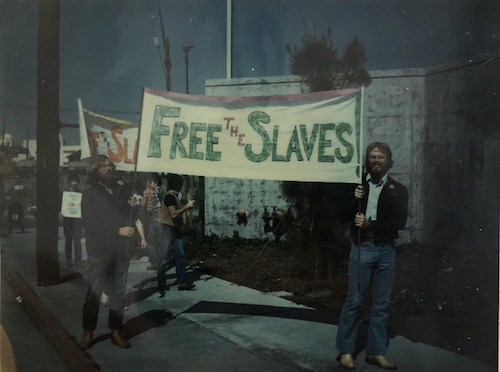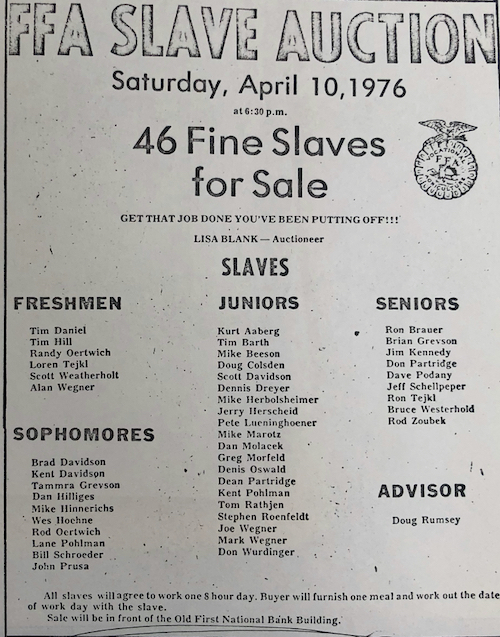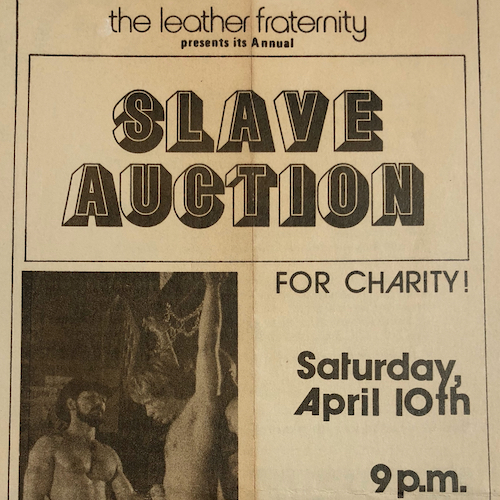Immoral Panics: Black Queer Aesthetics and the Construction of Risk
This article is authored by Jamal Batts, from the 2019-20 cohort of the LGBTQ Research Fellowship program at the One Institute.
My dissertation considers how the historical construction of blackness informs moral panics targeted at LGBTQ populations. ONE provided me with vital access to an extensive collection of records related to the police raid of the Mark IV Health Club, a gay bathhouse located in Hollywood. On April 10, 1976 Los Angeles’s Leather Fraternity threw their first annual mock slave auction in order to raise funds for gay organizations. The invitation to the event promised “a genuine old-fashioned Auction of prime, young slaves.” ONE’s collections offer an assortment of clippings from various local publications, national newspapers, and leather magazines that covered the incident as well as police reports. I gathered from the varying and conflictual reports on and memories of the event that around one hundred police officers descended on the Mark IV Health Club the night of the auction. Their operation was accompanied by helicopters and buses used to transport many of those in attendance to jail. Forty were put in plastic handcuffs and arrested on charges of slavery or involuntary servitude under an archaic California law adopted in 1899.
I entered the archive curious about the ways that race played a role in this incident. News reports reveal how the police used the specter of chattel slavery as another excuse to terrorize gay men. However, I wondered how American racial slavery may have also served as a cultural inspiration for the event itself, though it featured what seem to be only white participants. A large stack of letters written to Councilwoman Peggy Stevenson helped address these questions. Many letter writers argue that the slave auction should be considered harmless because it was a “fundraising affair similar to high school ‘slave-for-a-day’ money raisers” which go unpunished.
This claim repeats again and again, at times with evidence. For instance, one letter writer encloses a newspaper advertisement from the Stanton Nebraska Register for another mock slave auction. In the ad for the Future Farmers of America Slave Auction it states “46 Fine Slaves for Sale.. GET THAT JOB DONE YOU’VE BEEN PUTTING OFF!!!” It then provides a ledger of available slaves listed by their high school grades. I’m interested in how the advertisements for modern “slave” auctions used to defend those arrested at the Mark IV revel in what scholar Hortense Spillers might call an “American grammar” beholden to chattel slavery.[1]
As a scholar of art history and visual culture I spent time studying the many photographs and cartoons illustrating the forms of protest Los Angeles’s gay community used to resist the brutal actions of the police. I also came across a review of the salacious popular film about interracial eroticism on the plantation and auction block, Mandingo (1975), published next to coverage of the Mark IV auction in leather magazine Drummer. The film was released the year before the raid in Hollywood. In addition to offering resources valuable to my dissertation on black queer aesthetics and risk, ONE also provided me with access to works that may inform future projects including copies of legendary black gay magazine Blacklight and Miles Everett’s extensive collection of photographs of black men.
Image Credits
Top image: Cartoon in Drummer parodying the police actions.
Image 1: The Mark IV Health Club.
Image 2: Those arrested at the Mark IV on buses that would take them to jail, Los Angeles Times.
Image 3: Protesters demanding the charges against the Mark 40 be dropped.
Image 4: Invitation (detail), The Leather Fraternity’s Annual Slave Auction.
Image 5: FFA Slave Auction Advertisement, Stanton Nebraska Register.
Footnotes
[1] See Hortense J. Spillers, “Mama’s Baby, Papa’s Maybe: An American Grammar Book,” Diacritics 17, no. 2 (1987): 65–81.
Jamal Batts is a writer, curator, and doctoral candidate in the Department African American and African Diaspora Studies at UC Berkeley. His work explores blackness, queerness, contemporary art, and the intricacies of sexual risk and risk-taking. His writing has appeared in the catalogue for The New Museum’s exhibit Trigger: Gender as a Tool and a Weapon, Open Space, ASAP/J, New Life Quarterly, and SFMOMA’s website in conjunction with their Modern Cinema series. He is a 2020 Robert Rauschenberg Foundation Scholar-in-Residence and a member of the curatorial collective The Black Aesthetic.
